Project Scope
Literature Survey

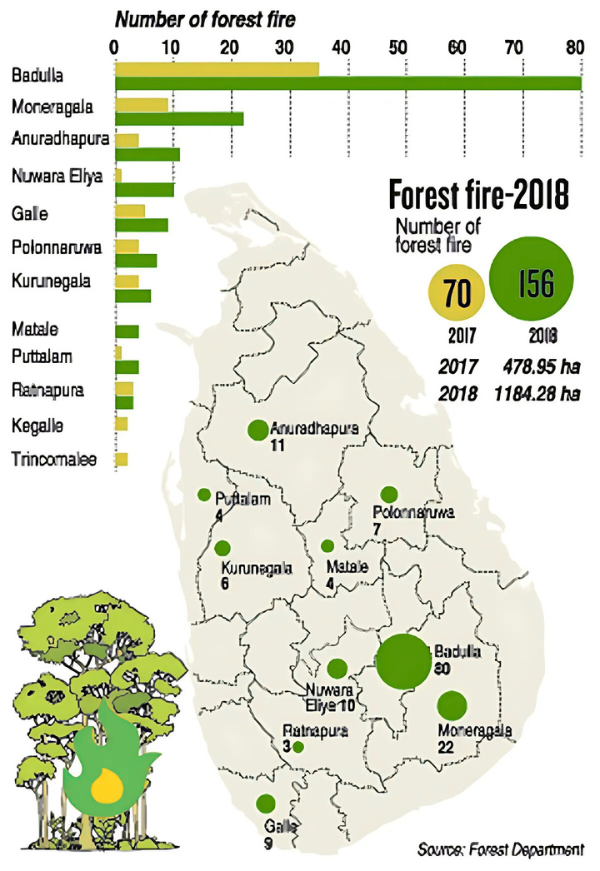
Figure 1: Geographic Distribution and Frequency of Forest Fires in Sri Lanka (2018) with Year-on-Year Comparison (Source: Fire Department of Sri Lanka)
The current wildfire prediction systems in Sri Lanka predominantly rely on traditional methods, which often lack accuracy and adaptability. These systems typically depend on static data and historical fire patterns, which are not sufficient for predicting the dynamic behavior of modern wildfires. This limitation hinders emergency response efforts and compromises public safety by reducing the effectiveness of evacuation procedures and resource allocation.
To address this gap, there is a pressing need for innovative wildfire prediction systems that integrate real-time data from various sources. Emerging technologies such as satellite imagery, IoT sensor networks, and AI-driven analytics can significantly enhance the accuracy of fire behavior models. These tools can monitor environmental conditions, such as temperature, humidity, wind speed, and fuel moisture levels, providing timely and precise predictions of wildfire spread and intensity.
Moreover, machine learning algorithms and AI can analyze vast datasets to identify patterns and correlations that traditional models might overlook. These systems can continuously learn from new data, improving their predictive capabilities over time. Leveraging AI in wildfire management not only enhances prediction accuracy but also enables more efficient decision-making processes in allocating resources and prioritizing areas for evacuation.
Research Gap
Following areas are the research gaps found in most of the recent researches.
Identification & classification
There are no records of a smart solution for wireless communication system in Sri Lanka. It is a challenge to provide a solution due to limited data connectivity at the sea.
Severity assessment
A smart solution using LoRa-based wireless communication systems for monitoring wildfire occurrences and illegal activities related to fire incidents has been reported in various regions. However, assessing the severity of wildfire events and the progression of fire spread has not yet been attempted. Additionally, the implementation of secure communication and real-time weather alerting and forecasting functions remains unexplored.
Information sharing
A real-time communication system using LoRa-based wireless technology has been identified as a priority need for effective information sharing emergency response teams, envirenmental authorities, and researchers for enhanced secure communication and weather update.
Research Problem & Solution
Proposed Problem
How to address wildfires escalating in Sri Lanka, driven by climate change, inadequate prediction systems, limited weather data, outdated communication, and security concerns, for sustainable prevention and management?
Sri Lanka faces escalating wildfires due to climate change, inadequate prediction systems, limited weather data, outdated communication, and security concerns. Rising temperatures and dry conditions fuel fires, while poor data and prediction hinder early warnings. Outdated communication and security issues further complicate response efforts, emphasizing the need for comprehensive wildfire prevention and management strategies.
Product Demonstration - Solution
Proposed Solution
The project aims to explore disaster management using modern technologies like Machine Learning, Image Processing, Internet of Things (IoT), and Blockchain Technology to create a comprehensive wildfire prediction and alert system. Machine Learning will be used to analyze large datasets, including weather patterns, vegetation data, and historical fire occurrences, to predict the likelihood and spread of wildfires. This data-driven approach will enable continuous learning and adaptation of the system to changing conditions, enhancing its predictive accuracy over time. Image Processing, utilizing thermal data captured by drones, will allow for the early detection of fires by identifying heat signatures even in dense vegetation. The application of convolutional neural networks (CNNs) will help in accurately classifying these heat signatures, enabling swift alerts when potential wildfire threats are detected.
IoT technology will play a critical role by providing real-time environmental data such as temperature, humidity, and wind speed, essential for understanding fire risks and supporting predictive models. This live data will be integrated into the system, allowing it to respond dynamically to evolving fire conditions. Blockchain Technology will address the need for secure data exchange and communication within the system, creating a decentralized, tamper-proof platform that ensures data integrity and confidentiality. By utilizing smart contracts, the system will automate alerts and responses, reducing the chances of human error in critical situations.
LoRa technology will be employed to enhance communication capabilities in remote areas with limited cellular network access, ensuring that emergency alerts and data are transmitted effectively over long distances. The use of LoRa enables low-power, long-range communication, making it ideal for monitoring and transmitting sensor data from isolated regions. This integration of Machine Learning, Image Processing, IoT, Blockchain, and LoRa technology will create a robust, scalable wildfire detection and alert system that can adapt to other geographic regions facing similar challenges. The proposed system aims to address critical issues like limited access to real-time weather data, security vulnerabilities in communication, and inefficient traditional wildfire prediction methods. It will provide early warning alerts and real-time weather updates, including humidity levels and wind forecasts, to safeguard communities and the environment from wildfire threats.
This project supports sustainable wildfire prevention strategies by reducing response times, improving resource allocation, and enhancing community preparedness. By focusing on these technological advancements, the project contributes to international efforts to promote sustainable development and create resilient communities capable of mitigating the impact of natural disasters. The adoption of a multidisciplinary approach leveraging these technologies could revolutionize how Sri Lanka and other countries manage and prevent wildfires, ultimately leading to more efficient and effective disaster management practices.
Research Objectives
Implementation of LoRa-based Wireless Communication System
Develop a comprehensive LoRa-based wireless communication system for communication inside the forest and to collect real time data to detect wildfires.
Implementation of Weather Prediction and wildfire Warning System
Approach is to develop a Forest Weather Prediction and Early Warning System with sending distress messages to the main station and other emergency response teams within the network including the current location of the predicted wildfire threat.
Implementation of an Image Processing Unit for Predicting the Spread of Fire in a Given Area.
Enable accurate wildfire detection, robust prediction of the behavior of wildfires, and seamless data synchronization between support teams inside the forests and other authority personnel.
Implementation of Secure Communication, Robust Mobile App Security, and Obstacle Detection System.
secure Enhancing Wildfire Detection and Management with Integrated Blockchain and IoT Solutions.
Methodology

Figure 2. High Level Architecture of the system.
The proposed loRa-Based wireless communication system consists of 4 main components. They are;
- LoRa-based Wireless Communication
- Weather Prediction and wildfire Warning System
- Image Processing Unit for Predicting the Spread of Fire
- Secure Communication, Robust Mobile App Security, and Obstacle Detection System.
The operation of a comprehensive communication system designed for forest conservation applications is illustrated by the system diagram. The system relies on multiple microcontrollers mounted in forests with high wildfire risk to collect and process various types of data, including geographical coordinates (longitude and latitude) and sensor readings. In the event of an emergency, the microcontroller handles the transmission of emergency messages. The processed data is selectively displayed on the device’s display unit. To ensure secure communication, all data is encrypted before being transmitted via a LoRa (Long Range) module. The encrypted data is then relayed through intermediary LoRa nodes, which serve as communication relays, effectively extending the device's communication range and forming an ad hoc network. Ultimately, the encrypted data reaches a main station, where it provides crucial functionalities such as emergency alerts, real-time weather updates, and the detection of early signs of wildfire. Low Power Wide Area Networks (LP-WAN) are wireless communication networks designed to connect devices efficiently over long ranges while consuming minimal power.
Technologies Used

Python

Java
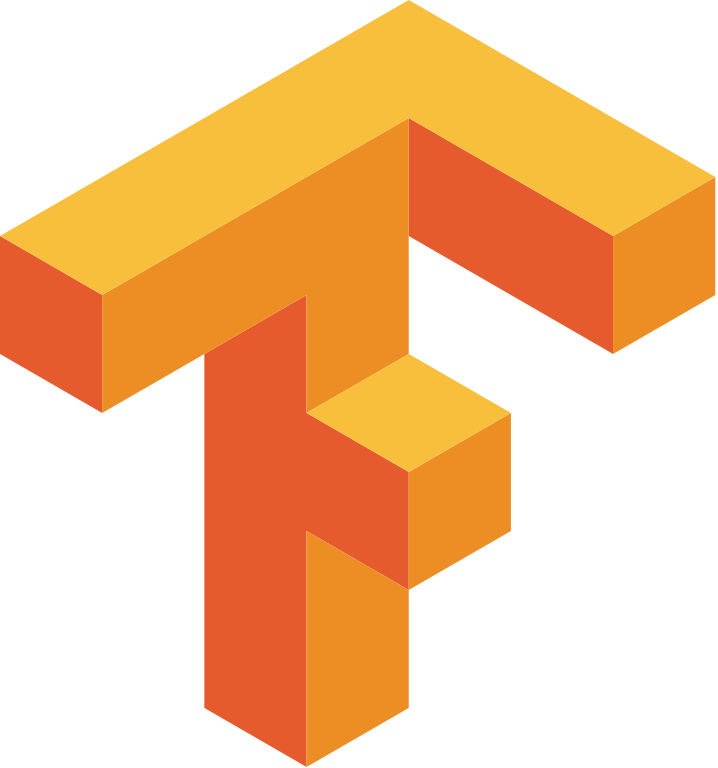
Tensorflow

Keras

Arduino

LoRaWAN Network Server

Blockchain Platform

Smart Contracts

Cryptography

Google Colab

Google Map API

Jwt
Milestones
Timeline in Brief
-
February 2024
Project Proposal
A Project Proposal is presented to potential sponsors or clients to receive funding or get your project approved.
Marks Allocated : 6
-
May 2024
Progress Presentation I
Progress Presentation I reviews the 50% completetion status of the project. This reveals any gaps or inconsistencies in the design/requirements.
Marks Allocated : 6
-
June 2024
Research Paper
A formal document outlining your research, highlighting its contribution to existing knowledge. It should cover the research problem, methodology, findings, and conclusions, with proper citations of referenced work.
Marks Allocated : 10
-
September 2024
Progress Presentation II
Progress Presentation II reviews the 90% completetion status demonstration of the project. Along with a Poster presesntation which describes the project as a whole.
Marks Allocated : 18
-
October 2024
Website Assessment
The Website helps to promote our research project and reveals all details related to the project.
Marks Allocated : 2
-
November 2024
Logbook
Status of the project is validated through the Logbook. This also includes, Status documents 1 & 2.
Marks Allocated : 3
-
December 2024
Final Report
Final Report evalutes the completed project done throughout the year. Marks mentioned below includes marks for Individual & group reports and also Final report.
Marks Allocated : 19
-
October 2024
Final Presentation & Viva
Viva is held individually to assess each members contribution to the project.
Marks Allocated : 20
Downloads
Documents
Please find all documents related to this project below.
Topic Assessment
Submitted on 2024/01/31
- GroupDownload
Project Proposal
Submitted on 2024/02/29
- IndividualDownload
Status Documents I
Submitted on 2024/05/06
- IndividualDownload
Status Documents II
Submitted on 2024/09/11
- IndividualDownload
Research Paper
Submitted on 2024/06/14
- GroupDownload
Poster
Yet to be submitted, link will be updated soon.
- Group Download
Presentations
Please find all presentations related this project below.
About Us
Meet Our Team !
Contact Us
Get in Touch
Contact Details
For further queries please reach us at inquiries@firewatchlk.com
Hope this project helped you in some manner. Thank you!
-Team FireWatch
